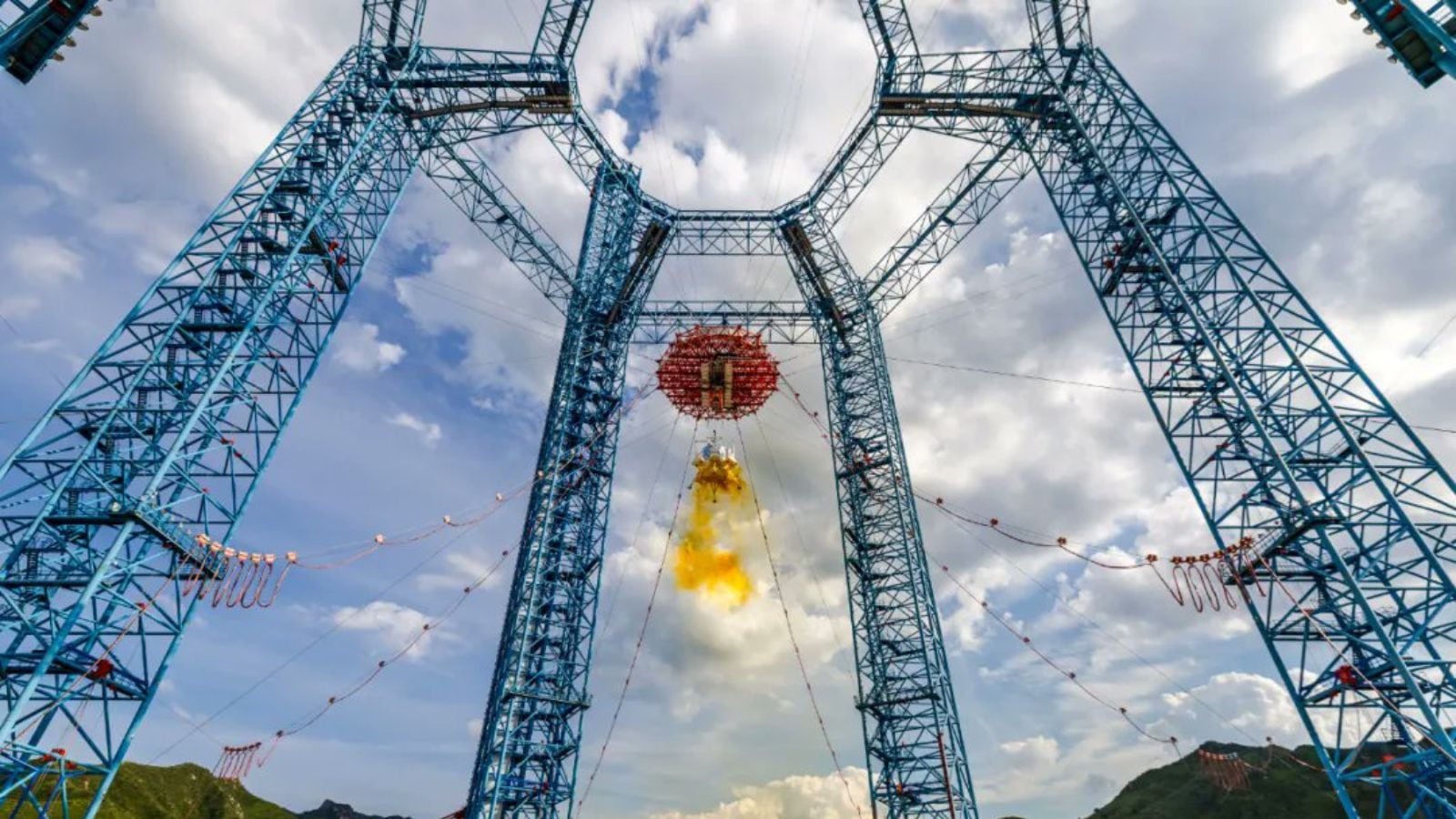China has completed testing for the landing and take-off of its manned lunar lander, Lanyue, which translates to “embrace the moon.”
According to the China Manned Space Agency (CMSA), the trial was carried out in Hebei Province, marking the country’s first-ever test of an extraterrestrial landing and take-off for a manned spacecraft. CMSA, which oversees China’s spaceflight programmes, confirmed that all major systems performed as intended, without errors. These included the control systems, ascent and descent plans, and engine shutdown process.
The test also verified that key subsystems—such as propulsion, guidance, navigation, and control (GNC)—are compatible and capable of operating as a single unit during a lunar mission.
Designed specifically for China’s planned manned lunar expeditions, Lanyue consists of two main components: a lunar module and a propulsion module. Its two-part design allows it to transport two astronauts, a lunar rover, and other research payloads between lunar orbit and the Moon’s surface. The spacecraft supports long-duration missions and can conduct scientific studies on-site.
Once on the Moon, Lanyue will function both as a transport vehicle and a habitable activity centre for astronauts. Its architecture integrates living quarters, a data relay station, and a power hub—enabling extended stays and wider surface exploration. The multipurpose design reflects China’s ambition to establish a sustained human presence on the Moon.
In a statement, CMSA noted: “The test involved multiple operational conditions, a lengthy testing period, and high technical complexity, making it a critical milestone in the development of China’s manned lunar exploration programme.”
Over the past five years, China has become the only country to successfully retrieve lunar samples from both the Moon’s near and far sides through its unmanned missions.
© IE Online Media Services Pvt Ltd

